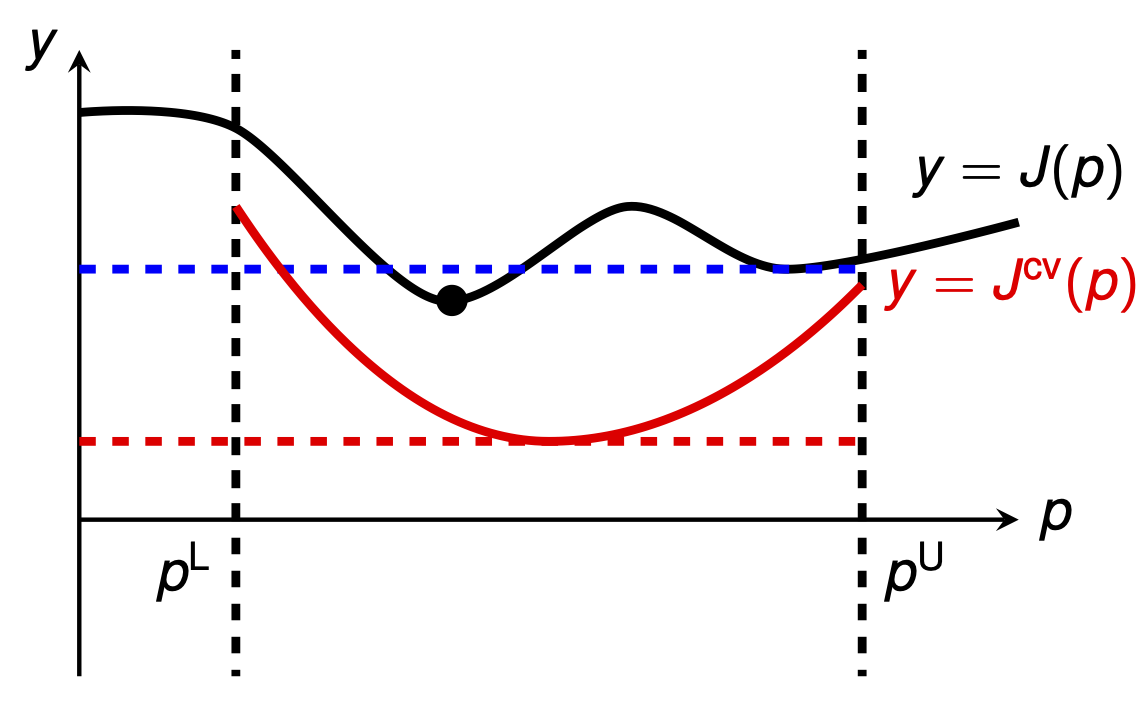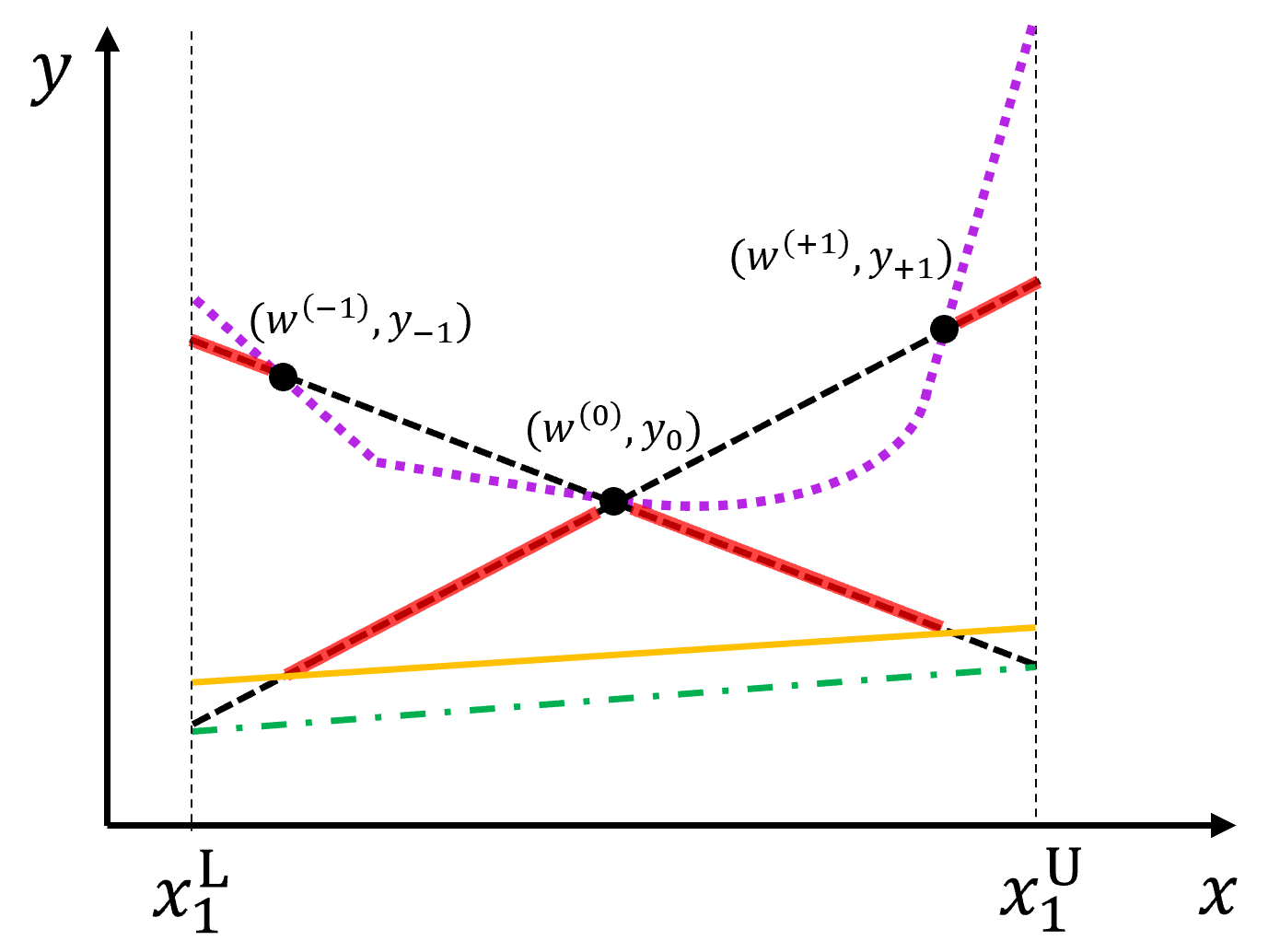Research areas
Our research aims to develop efficient, reliable, and automatable solution techniques for simulation, sensitivity analysis, and optimization of chemical process systems, while addressing challenges such as significant nonlinearity. We also develop supporting mathematical tools, including several advances in convex analysis and optimization theory.
For more details about our research, please refer to our peer-reviewed publications, and check out our GitHub repository.
This work is supported by:




Current areas of interest include the following.
Dynamic optimization
Supported by a University Research Award from Imperial Oil, we have an ongoing project in which we solve dynamic optimization problems relating to oil recovery, using mixed-integer optimization approaches.Global optimization


In several process optimization applications such as batch model validation, safety verification, worst-case uncertainty analysis, and modeling of thermodynamic equilibria, local optimization is not enough to gain insight. Instead, to obtain a useful result, a nonconvex optimization problem must be solved deterministically to global optimality. This is particularly challenging for dynamic process models.
To terminate with guaranteed optimality, a global optimization method must gather and apply useful intuition about the process model's global behaviour. Typical global optimization methods do this by formulating useful convex relaxations of the original model, and then minimizing these to obtain lower bounds. Thus, we have developed several new types of convex relaxations for process models:
- versatile, effective convex relaxations for solutions of parametric ODEs [Song and Khan, Math. Program. (2022)];
- simple, versatile, and effective relaxations for implicit functions, which are functions x(p) defined as solving an equation system f(x,p)=0 [Cao and Khan, J. Glob. Optim. (accepted)];
- the first method for tractably constructing affine relaxations from nontrivial convex relaxations by black-box sampling [Song, Cao, et al., Comput. Chem. Eng. (2021)];
- differentiable variants of the established McCormick relaxations [Khan et al., J. Glob. Optim. (2017)];
- and various techniques for computing gradient information for established relaxations, to aid methods for convex optimization.
We have also developed useful supporting theory, including a rigorous justification that tangents of convex relaxations are useful in global optimization [Khan, CDC 2018].
Discrete/continuous process systems
Several phenomena introduce discrete behaviour into an otherwise smooth process model, such as transitions in phase or flow regime, multi-stage or agile operation, and embedded process control. Numerical methods may also introduce discrete behaviour, due to features such as:
- activation functions in machine learning (e.g. ReLU)
- pinch analysis for heat exchange and resource transfer
- L1-based penalty methods for constrained optimization
- regularization methods for partial differential equations (PDEs)
- convex relaxations in global optimization

Nevertheless, these discrete phenomena often preserve the model's continuity, which can be exploited during simulation or optimization by dedicated nonsmooth formulations and methods.
Obtaining local sensitivity information for these nonsmooth models has traditionally been difficult. We have developed some of the first automatable, efficient, accurate methods to compute useful generalized derivatives that can be used in an overarching nonsmooth simulation or optimization method. Our methods apply to the following model types among others, and have been applied with success to simulation of multistream heat exchangers, flash calculations, and modeling process start-up.
- known compositions of smooth and nonsmooth functions, via a nonsmooth vector forward AD mode and a "branch-locking" AD method that harnesses the reverse AD mode
- inverse functions and implicit functions [1, 2], improved with branch-locking
- parametric systems of ordinary differential equations (ODEs)
- hybrid discrete/continuous systems, which are ODEs punctuated by jumps at well-defined events.
Supporting theory toolkit
To validate our new numerical methods, we also develop new results in applied mathematics. This supporting theory includes several standalone results that are useful in their own right; refer to our publications for further details.
